Every year, carriers lose 5–10% of total claims spent to leakage — that’s more than $29 billion in avoidable losses across the U.S. industry.
It doesn’t come from one big mistake.
Whether it’s subjective assessments, incomplete notes, or process lapses – these everyday inconsistencies quietly compound into millions in losses.
Why It Keeps Happening
Most carriers still rely on manual judgment and fragmented systems. Adjusters juggle hundreds of files. Data sits in silos. Reviews happen after losses are booked.
By the time leakage is found, the money’s already gone.
Example: For a carrier processing $500 million in annual claims, a 5% leakage rate translates to $25 million in preventable loss — often from inconsistent evaluations, missed recovery opportunities, or human error in file handling.
What the Predictive Model Does Differently
Instead of chasing errors, predictive systems flag them before they happen.
Here’s how:
- Canotera detects anomalies in real time by continuously analyzing claim behavior and identifying outliers in settlement amounts, timelines, and outcomes.
- Benchmark against historical patterns – compare every claim to thousands of similar outcomes.
- Through automated alerts and case-level insights, Canotera enables adjusters to correct errors and prevent leakage before funds are disbursed.
Carriers using predictive monitoring have seen:
- 20% faster cycle times
- 30% reduction in leakage
- 25% improvement in reserve accuracy
Through automated alerts and case-level insights, Canotera enables adjusters to correct errors and prevent leakage before funds are disbursed.
What This Means for Carriers
For claims leaders, this shift is no longer theoretical; it’s already underway.
Predictive systems don’t replace experience. They amplify it, giving your experts the visibility, consistency, and confidence they’ve always needed.
The question isn’t if your organization will move to predictive claims intelligence; it’s when and how quickly you’ll capture the advantage.


